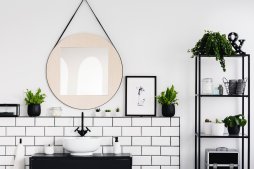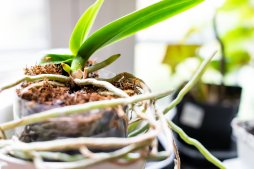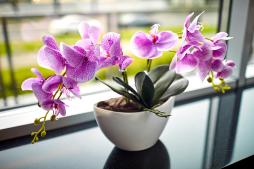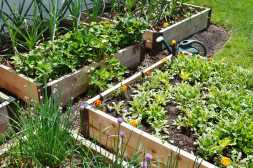Step-by-Step Tips for Designing a Garden That Grows Both Beauty and Food

Edible landscaping is an innovative gardening approach that blends the aesthetics of traditional landscapes with the practicality of growing your own food. This method allows you to create stunning garden spaces that not only please the eye but also provide fresh fruits, vegetables, herbs, and edible flowers. If you’re looking to transform your garden into a dual-purpose paradise, follow these step-by-step tips to design a garden that grows both beauty and food.
Understand the Basics of Edible Landscaping
Before diving into planting, it’s essential to understand what edible landscaping entails. This practice involves integrating edible plants seamlessly with ornamental ones in your garden design. The goal is to create visually appealing spaces where food-producing plants contribute color, texture, and form just as much as decorative species do.
Plan Your Garden Layout Thoughtfully
Start by assessing your available space, sunlight exposure, soil quality, and climate conditions. Sketch out a layout that balances edible plants like herbs, vegetables, fruit trees or shrubs with flowering plants or ornamental grasses. Consider plant heights and growth habits so taller plants don’t overshadow smaller ones. Grouping plants based on their water needs can also make irrigation more efficient.
Choose Attractive Yet Productive Plants
Select varieties that serve dual purposes—plants that are both beautiful and edible enhance the overall appeal. For example, kale has vibrant leaves; nasturtiums produce colorful flowers as well as peppery-tasting leaves; blueberry bushes offer spring blossoms followed by sweet berries; tomatoes come in various shapes and colors adding visual interest while feeding you fresh produce.
Incorporate Design Elements for Visual Interest
Use pathways made from natural materials like stone or wood chips to add structure without overpowering plant life. Mulch beds not only improve soil health but also define planting areas neatly. Adding vertical elements such as trellises or arches can support vining edibles like beans or cucumbers while contributing height diversity to your landscape.
Maintain Your Edible Landscape Regularly
Consistent care is key—prune ornamental and edible plants appropriately to encourage healthy growth and maintain aesthetics. Monitor for pests naturally using companion planting strategies rather than relying heavily on chemicals so both beauty and edibility remain intact throughout the seasons.
By combining thoughtful design with strategic plant selection and maintenance practices, you can cultivate an edible landscape that’s as delightful to look at as it is rewarding to harvest from. Embrace this sustainable gardening trend to enjoy fresh food right outside your door without sacrificing curb appeal.
This text was generated using a large language model, and select text has been reviewed and moderated for purposes such as readability.











